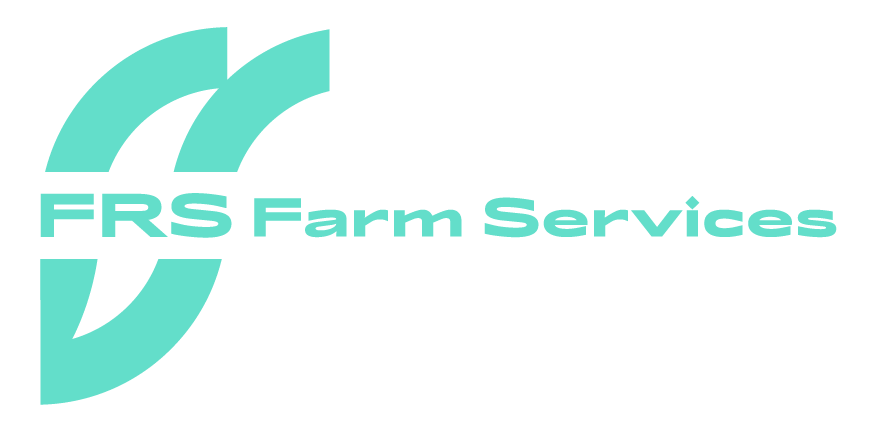With livestock grazing in paddocks and farmers attention on silage and straw, Winter 2021 is a distant thought. However, farmers need to think ahead for their Winter feed. If they plan on feeding an alternative, like Kale, now is the time to sow.
Farmers might choose to feed their livestock kale for a number of different reasons. Many farmers use it to bolster their feed supply as Kale also has an energy value the same as spring grass. It is also considered a high-quality feed due to its good leaf to stem ratio. It has an estimated of 16-18% crude protein and this helps to promote animal growth.
What You Need To Know About Kale
Kale is mostly used as feed for milking cows, dry cows or weanlings. As feeding systems go, kale is considered a relatively cheap option.
It takes approximately 150 days for kale to reach maturity. If farmers are considering using this, we recommend acting fast. Ideally crops should be sown by the end of June.
Similar to grass, it responds best to a fine, firm seedbed. Moisture is also beneficial, but over-wet or sloppy fields are unsuitable.
The Best Way To Fertilise The Crop
Boron is also a factor in growing kale. It is a mineral used as a starter fertiliser for brassica crops. Kale does not need as much as other crops, applying slurry pre-ploughing should provide enough boron for the crop. If this is not done, farmers can also use a boron-enriched fertiliser.
The Best Method For Sowing
Farmers can plough and power cultivate or some may choose to direct drill if the field has good soil structure. With direct drilling, best results show that applying weed kill with glyphosate pre-cultivation can help the crop. For seeding rate, Teagasc recommends precision drilling at 3kg/ha, direct drilling at 4-5kg/ha or broadcast at 5-8kg/ha. As seeds are small, best yield occurs if the seeds have rapid emergence. If this is not the case, farmers can consider fertiliser.
For farmers who have sown or are planning to sow kale in June, weed control should not be needed. If farmers planted the crop in April/May, consider using suitable herbicides. These include Lentagran (up to 2.0 kg/ha). This can be applied from the 6 leaf stage of the kale. Also, Fusilade Max (1-3 l/ha) or Aramo (1.0 – 1.5 l/ha) (kale only) can be used post-emergence and are solely for controlling grass weeds.
Threat To The Crop
In terms of disease, Club Root is the main threat that farmers need to watch out for. This is a fungal infection in the roots that can lead to swollen/distorted roots and stunted growth. To avoid this, it is recommended to practice a one in five-year rotation.
As it is a busy time of year, farmers can contact their local FRS Farm Relief office should they need help on the farm. Find out more by visiting frsfarmreliefservices.ie.
